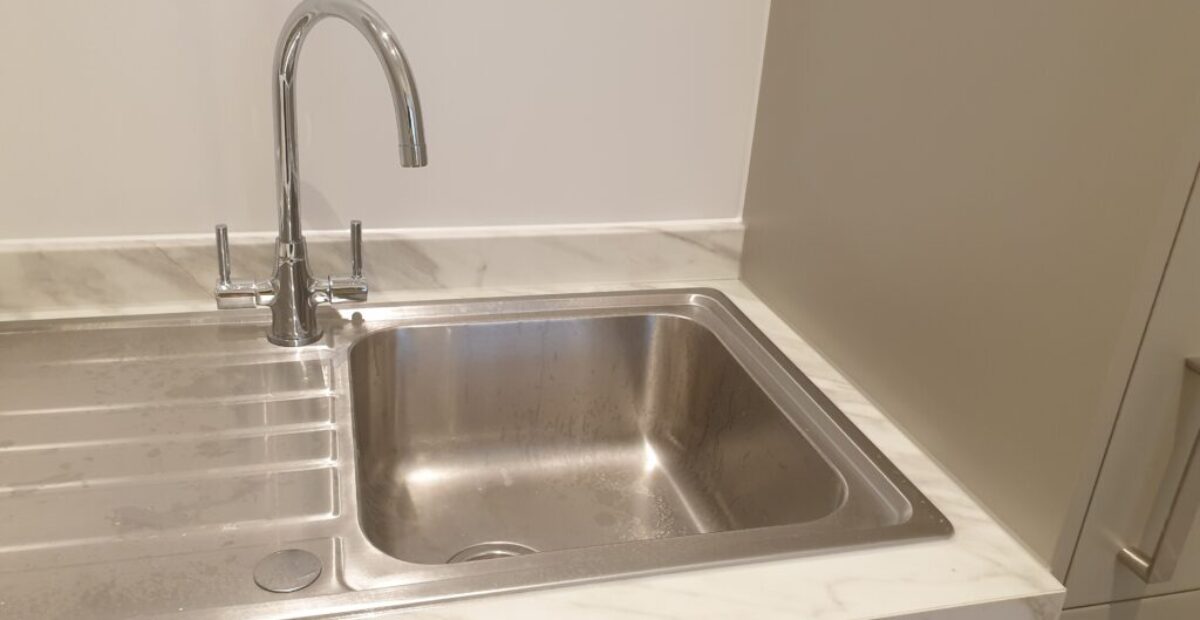READING TIME
The Ultimate Guide to Waterproofing with Silicone Sealant in Wet Rooms
Wet rooms are a popular choice in many UK homes due to their modern, open-plan designs and practicality, especially in bathrooms. However, due to the constant exposure to water, they require careful attention to waterproofing. One of the most effective ways to protect your wet room from water damage is by using silicone sealant. In this ultimate guide, we’ll explore how silicone sealant works, why it’s ideal for wet rooms, and provide useful tips on selecting and applying it for a long-lasting waterproof seal.
Why Waterproofing with Silicone Sealant is Essential in Wet Rooms
Wet rooms are areas that are fully exposed to water, so proper waterproofing is essential to avoid long-term damage to floors, walls, and fittings. Silicone sealant is the perfect solution for this. Its flexibility and waterproofing properties make it the go-to product for creating a protective barrier against water, preventing leaks and mould growth.
In a typical wet room, silicone sealant is used to seal joints around showers, sinks, bathtubs, and between tiles. It ensures that water doesn’t seep into the structural elements of your bathroom, which could lead to costly repairs if left unchecked.
Choosing the Best Silicone Sealant for Your Wet Room
When choosing silicone sealant for a wet room, there are a few factors to keep in mind:
-
Waterproofing and Flexibility
It’s crucial to choose a sealant specifically designed for wet environments. Opt for a high-quality silicone that is 100% waterproof and can expand and contract without cracking, as wet rooms experience constant changes in temperature and moisture levels. -
Mould and Mildew Resistance
Wet rooms, particularly around showers, are prone to mould and mildew growth due to high humidity. Look for silicone sealants that are mould-resistant or contain antimicrobial agents to help keep your space clean and healthy. -
Durability and Longevity
Choose a sealant that promises long-lasting performance. Some sealants come with a longer lifespan, reducing the need for frequent reapplications and ensuring that your wet room remains watertight for years. -
Colour Match
Silicone sealants come in various colours. Ensure that the sealant you select complements your wet room’s tiles or surfaces, providing a clean, professional finish.
How to Apply Silicone Sealant for a Long-Lasting Waterproof Seal
Applying silicone sealant correctly is essential to achieving a durable and effective waterproof seal. Here are the steps to ensure a long-lasting finish:
1. Preparation is Key
Before applying silicone, ensure that the surfaces are clean, dry, and free from any old sealant, dust, or grease. Use a cleaning solution to remove any soap scum or grime. If there is any previous sealant, use a scraper or silicone remover to clean the area thoroughly.
2. Use the Right Tools
To achieve a smooth, professional finish, use a sealant gun to apply the silicone. A caulking tool or a damp finger can help smooth the sealant along the joints. Ensure you apply the sealant evenly and in a continuous motion to avoid gaps or bubbles.
3. Apply the Sealant
Load the silicone into the gun and begin applying it to the joint or seam. Start from one end and work your way to the other, keeping the nozzle at a consistent angle. Be careful not to over-apply, as excess sealant can result in messy joints.
4. Smooth and Shape the Sealant
Once the silicone is applied, use a damp finger or a silicone finishing tool to smooth the sealant along the joint. This helps to remove any excess and ensures a clean, neat finish. Be sure to wipe off any excess silicone with a damp cloth before it cures.
5. Allow for Curing
Silicone sealant needs time to cure properly. While it may feel dry to the touch within a few hours, it’s best to wait at least 24 hours before exposing it to water. Be sure to read the manufacturer’s instructions for curing times specific to the product you are using.

Common Mistakes to Avoid
-
Applying Sealant on Damp Surfaces
Water or moisture on surfaces can prevent silicone from adhering properly, leading to a poor seal. Always ensure the surfaces are completely dry before applying. -
Over-Application of Sealant
Excess silicone can squeeze out from the joints, making a mess and affecting the aesthetic. Apply just enough to cover the joint without overfilling. -
Skipping Surface Preparation
Cleaning the surfaces before applying the sealant is crucial for proper adhesion. Don’t skip this step, as any dirt or residue can weaken the bond and cause the sealant to fail.
When to Consider Reapplying Silicone Sealant
While silicone sealant is durable, it does not last forever. Over time, it can degrade due to frequent exposure to water, cleaning products, and other environmental factors. Here are a few signs it’s time to replace your sealant:
- Cracking or Peeling: If the sealant starts to crack, peel, or become discoloured, it’s a clear indication that it needs to be replaced.
- Persistent Mould: If mould or mildew keeps growing despite regular cleaning, the sealant may no longer be doing its job effectively.
- Water Leaks: If you notice water seeping through the joints, it’s time to reapply the silicone sealant.
Waterproofing your wet room with silicone sealant is a simple yet effective way to protect your space from water damage, mould, and mildew. By choosing the right product, applying it carefully, and maintaining it properly, you can ensure that your wet room stays dry and functional for years to come.
For the best results, always follow the manufacturer’s guidelines, and if you’re unsure, consider hiring a professional mastic man to apply the silicone for you. Their expertise will guarantee a high-quality finish, ensuring that your wet room remains waterproof and looking great.




